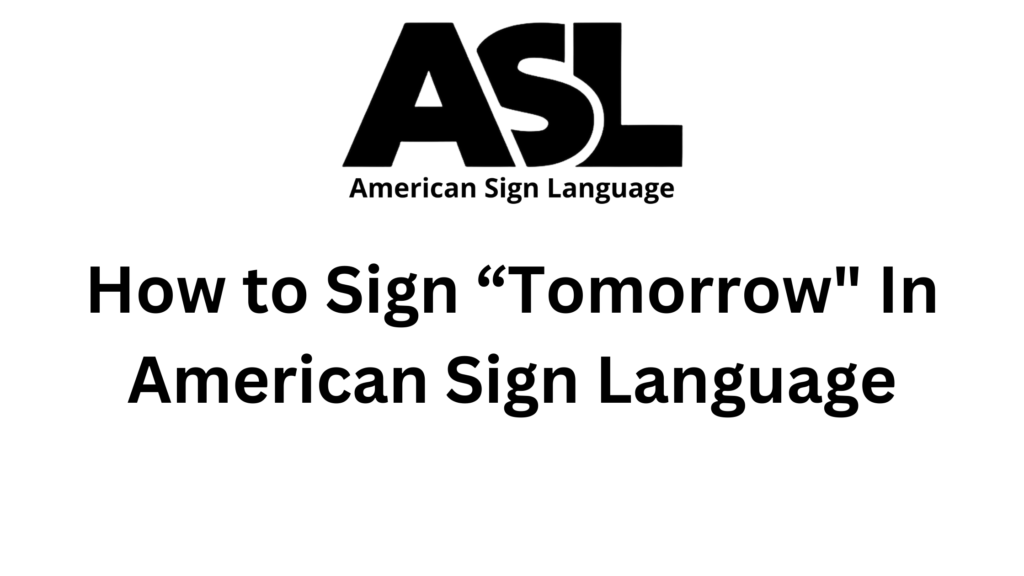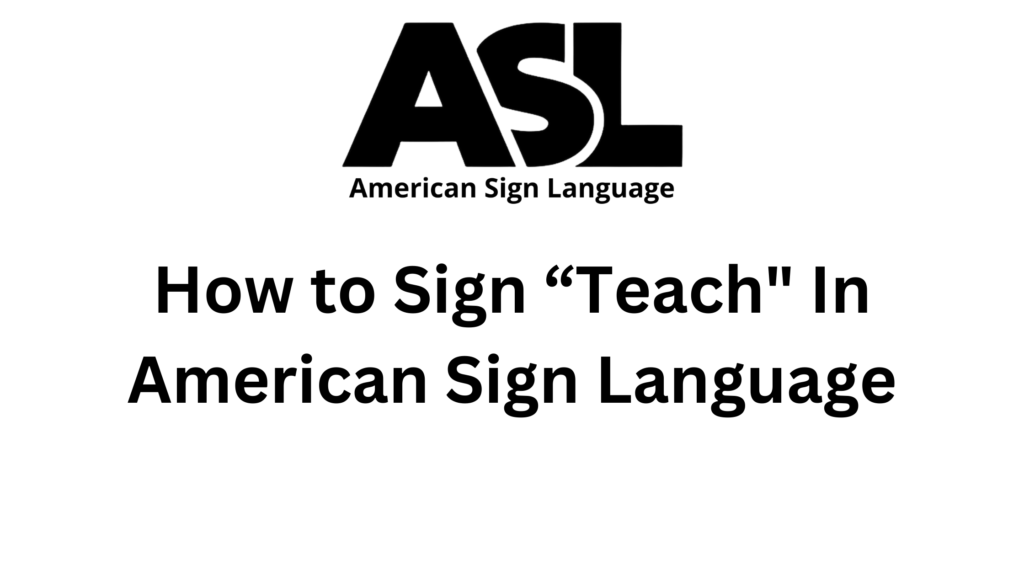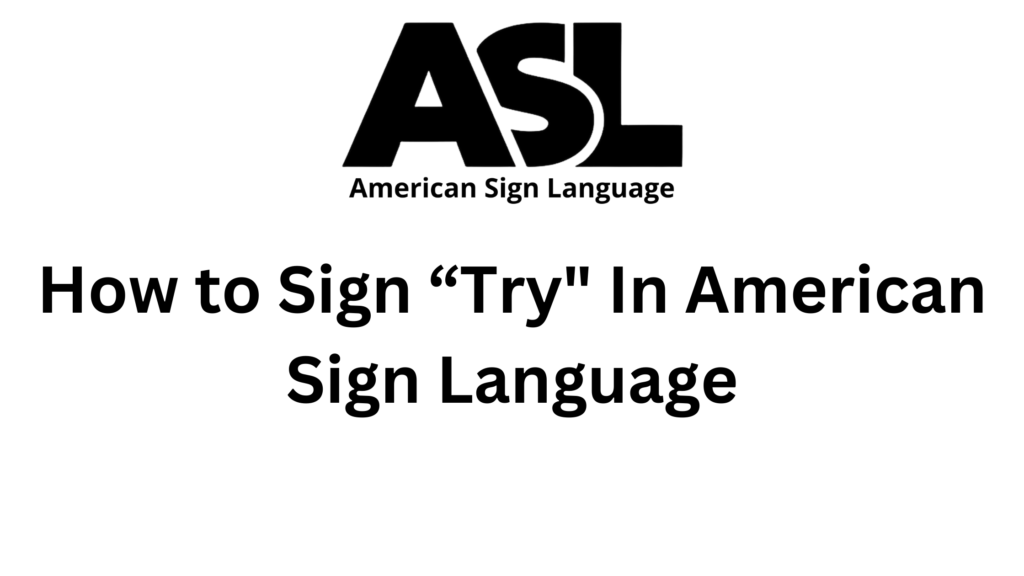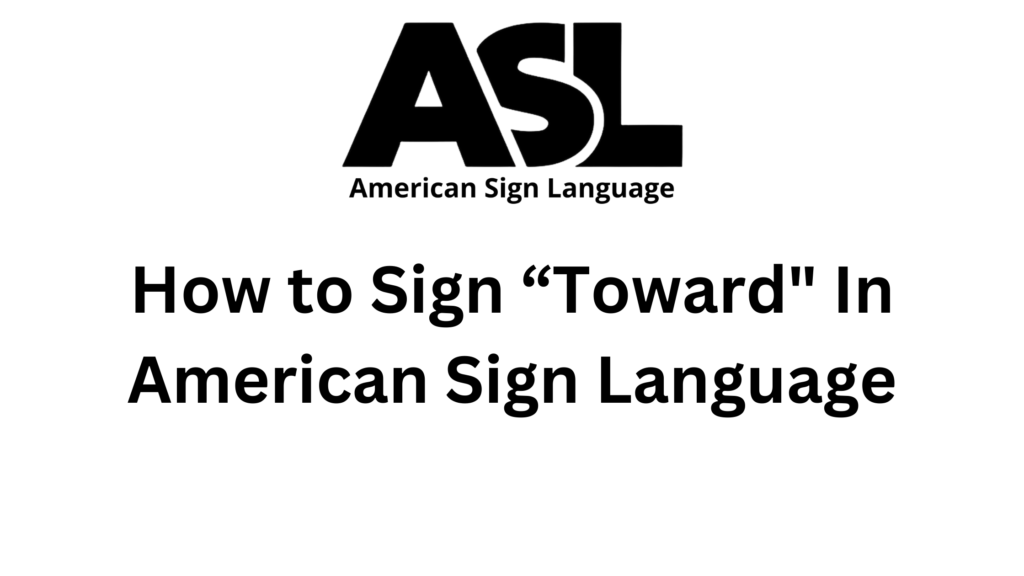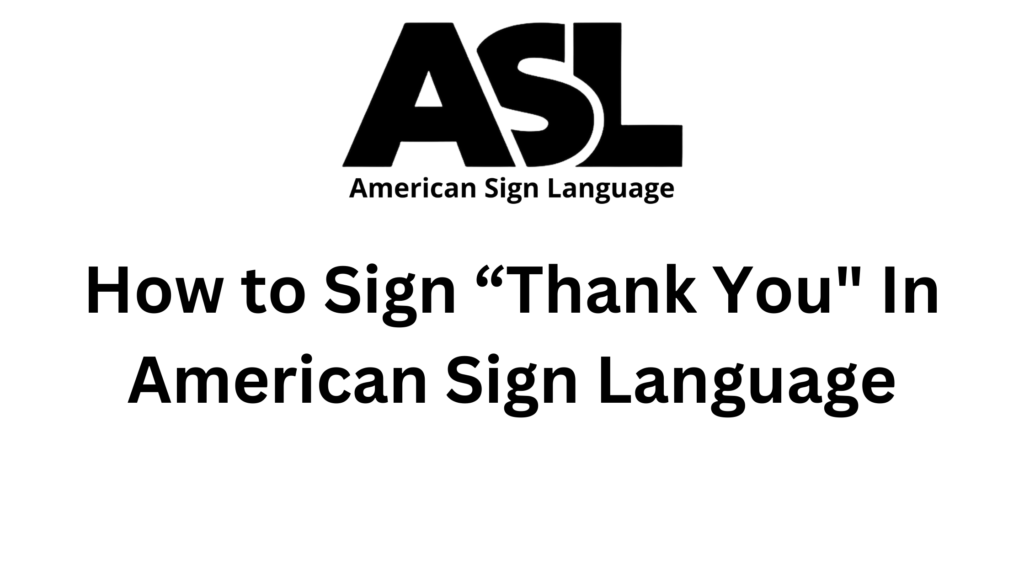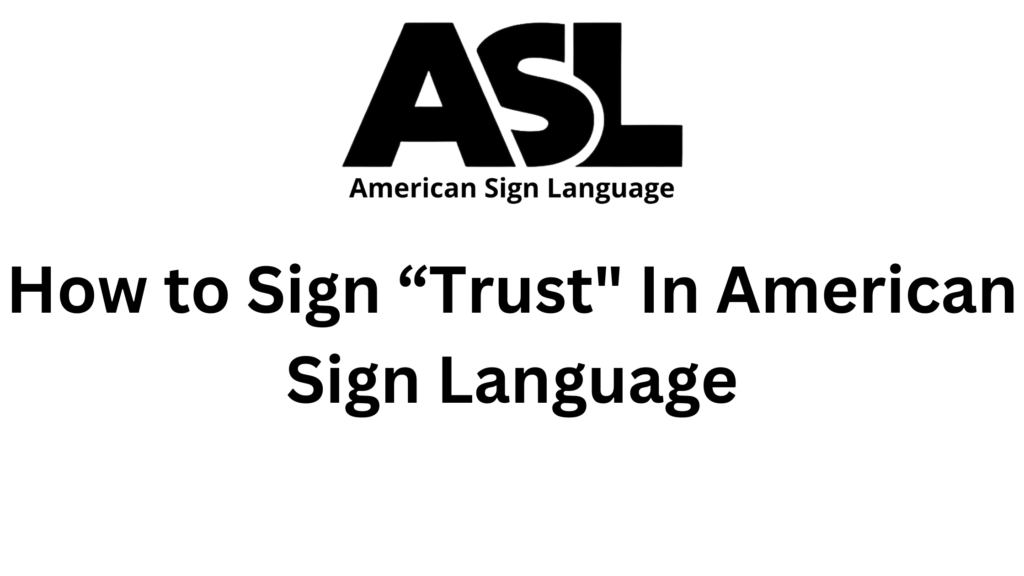Introduction to “Town” in ASL
American Sign Language (ASL) is a rich and expressive language used by the Deaf community in the United States and parts of Canada. One of the fundamental signs in ASL is “town.” Learning how to sign “town” is a great way to start understanding ASL and engage more deeply with the Deaf community. In this guide, we will explore everything you need to know about signing “town” in ASL.
Basic Handshape and Orientation of “Town”
To sign “town” in ASL, you will use a specific handshape and orientation. Understanding these basics is essential before moving on to the full sign. The handshape for “town” is made with both hands.
- Handshape: Start with both hands open and fingers straight.
- Orientation: Your palms should face each other, with your fingers pointing upwards. The hands should be parallel to each other.
These basic elements will form the foundation of the sign for “town.”
Step-by-Step Signing Instructions for “Town”
Now that you know the basic handshape and orientation, let’s go through the step-by-step instructions for signing “town.”
- Position Your Hands: Raise both hands to chest level. Ensure your fingers are together and straight, and your palms are facing each other.
- Move Your Hands: Tap the tips of your fingers together twice. This movement represents the idea of buildings or houses in a town.
By following these steps, you will accurately sign “town” in ASL.
Facial Expressions and Non-Manual Markers for “Town”
In ASL, facial expressions and non-manual markers (NMMs) play a crucial role in conveying meaning. When signing “town,” your facial expression should match the context.
- Neutral Expression: Use a neutral facial expression for a general reference to a town.
- Happy Expression: If you are talking about a pleasant town, smile slightly.
- Serious Expression: For a serious context, use a more serious facial expression.
These facial expressions help give more context to your sign and make your communication clearer.
Common Variations and Regional Differences for “Town” Sign Language
Like spoken languages, ASL can have regional variations. The sign for “town” might differ slightly in different parts of the United States.
- Standard Sign: The two-tap method is widely accepted.
- Regional Variations: Some regions may use a single tap or add a slight movement.
It’s important to be aware of these differences and be flexible when communicating with people from different areas.
Practicing and Politeness for “Town” Sign Language
Practicing ASL is key to becoming proficient. Here are some tips for practicing the sign for “town”:
- Practice Daily: Make it a habit to practice signing “town” every day.
- Use a Mirror: Sign in front of a mirror to check your handshape and facial expressions.
- Sign with Friends: Practice with friends who know ASL.
Being polite in ASL also involves using the correct signs and showing respect for the culture. Always be mindful of your facial expressions and body language.
Using “Town” in Everyday Situations
Knowing how to sign “town” is useful in many everyday situations. Here are a few examples:
- Asking Directions: “Where is the town center?”
- Describing Locations: “My friend lives in a small town.”
- Sharing Experiences: “I visited a beautiful town last weekend.”
By using the sign for “town” in various contexts, you will become more comfortable and fluent in ASL.
Additional Signs for “Town”
To enhance your ASL vocabulary, here are some additional signs related to “town”:
- City: Use a similar handshape but with more taps.
- Building: Place your hands flat and move them upwards to indicate the height of buildings.
- Street: Use your hands to mimic a straight road.
Learning these additional signs will give you a more comprehensive understanding of ASL.
Cultural Considerations of “Town” in ASL
Understanding the culture behind ASL is important. The Deaf community values clear and expressive communication. Here are some cultural tips:
- Respect the Language: Always strive to use ASL correctly and respectfully.
- Engage with the Community: Participate in Deaf events and practice signing “town” and other words with native users.
- Be Patient: Learning a new language takes time. Be patient with yourself and others.
By considering these cultural aspects, you will become a more respectful and effective communicator in ASL.
Conclusion of “Town”
Signing “town” in ASL is a fundamental skill that opens the door to deeper communication within the Deaf community. By understanding the basic handshape, orientation, and facial expressions, you can accurately sign “town.” Remember to practice regularly and be mindful of cultural considerations. With dedication and practice, you will become more proficient in ASL.
For more information on learning ASL and other signs, visit our homepage.



